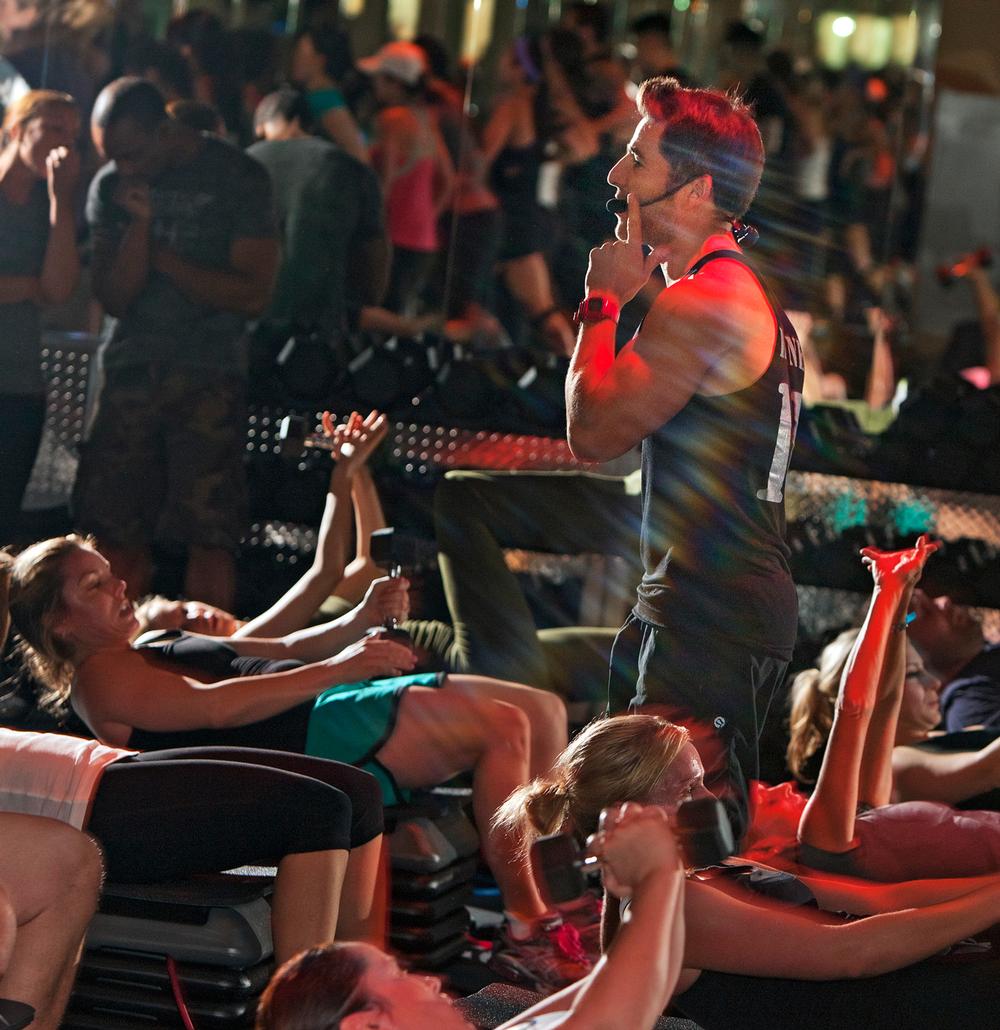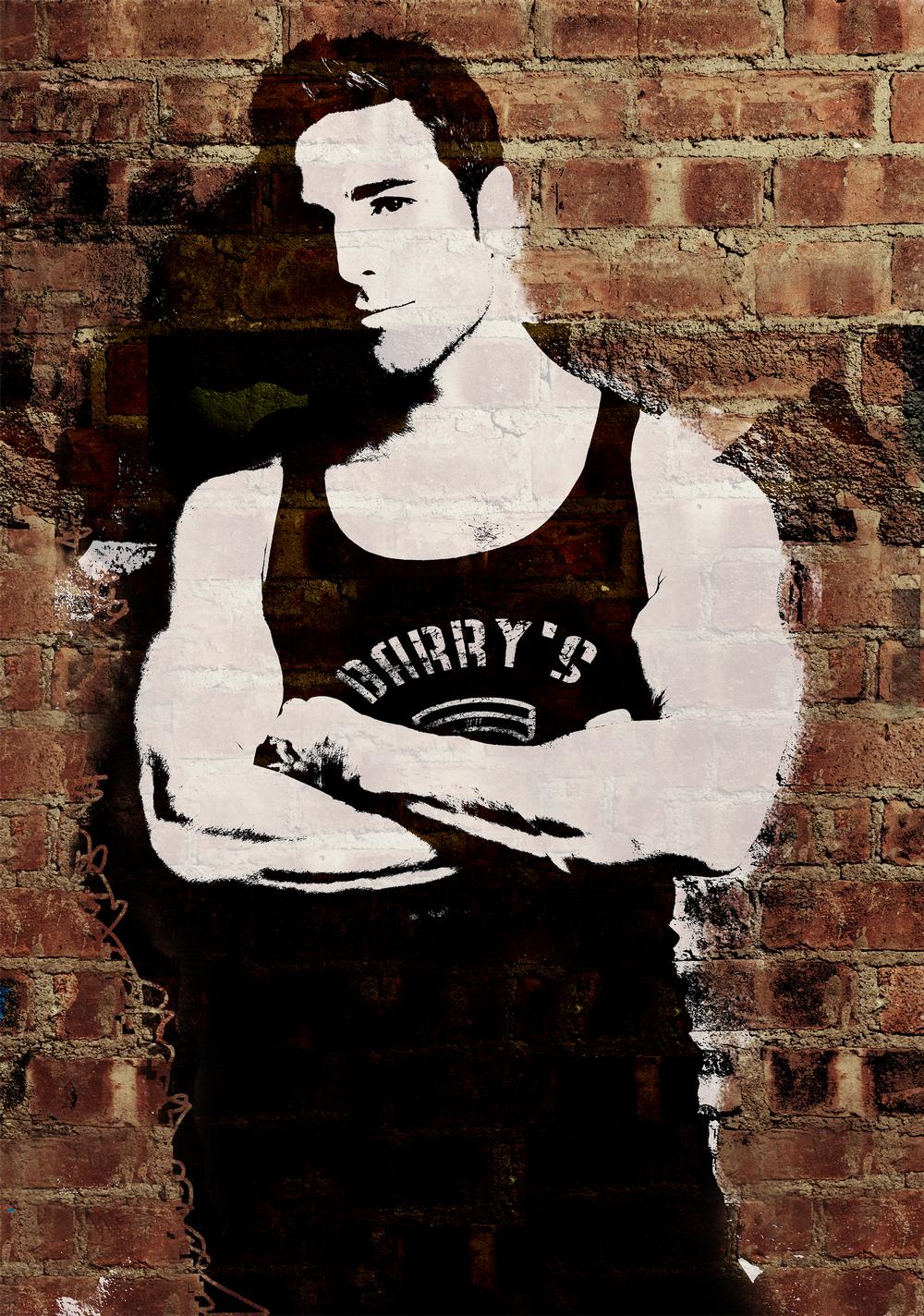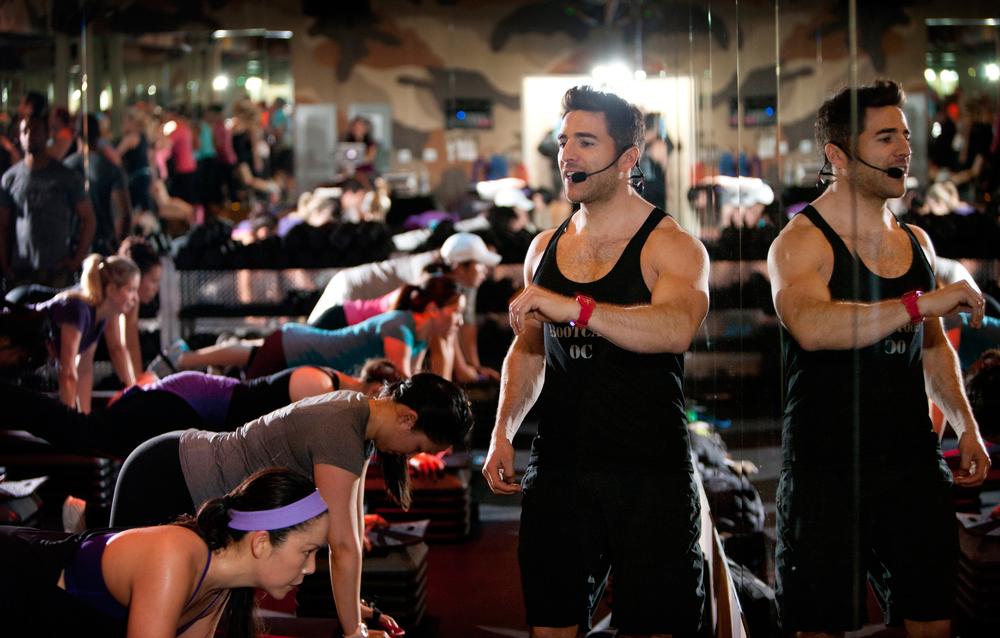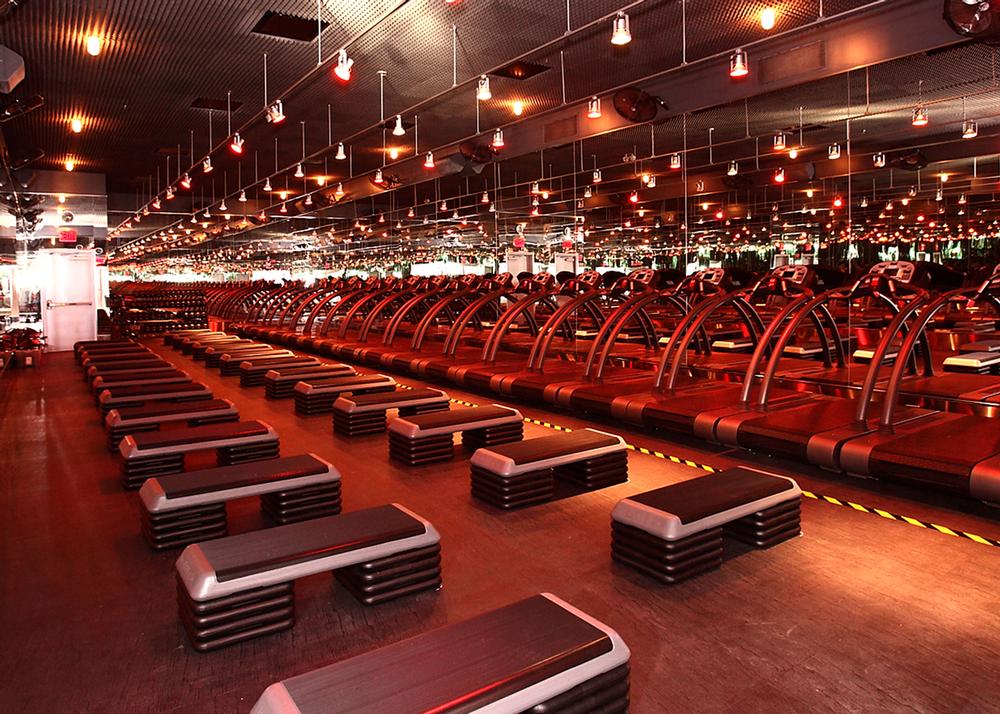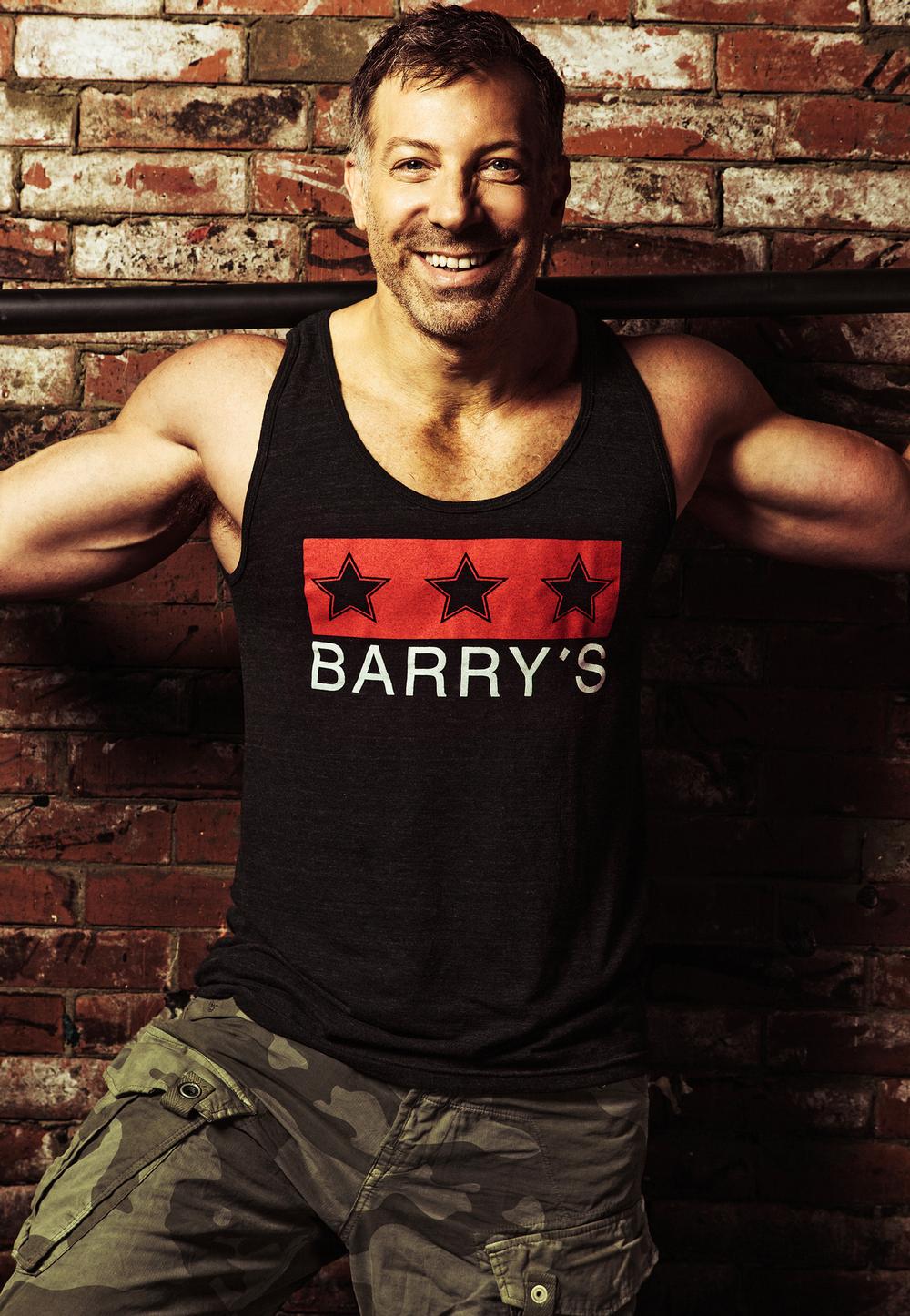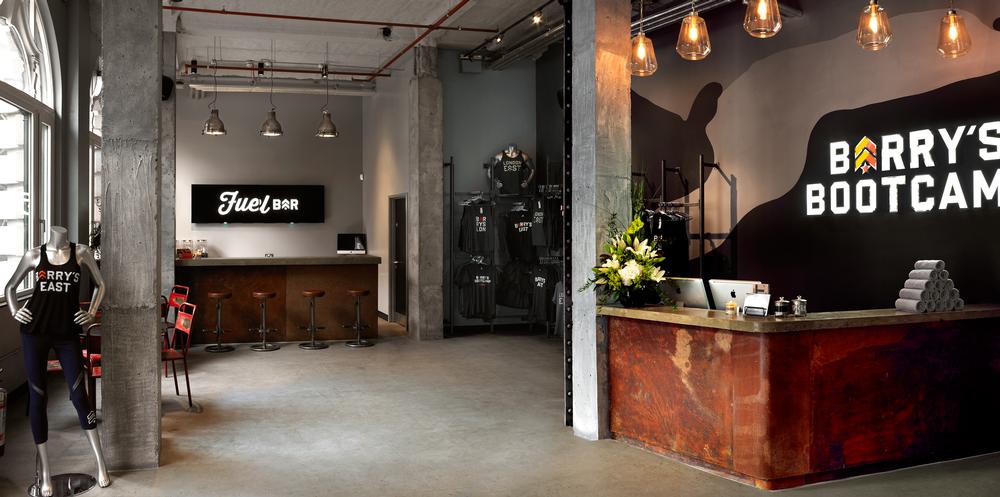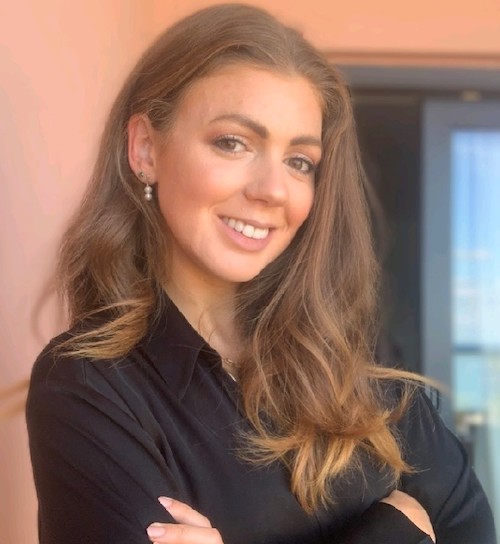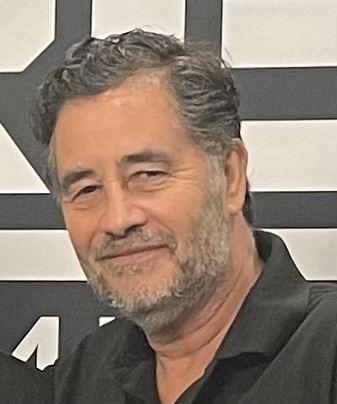I’ve had a 4D experience with Barry’s Bootcamp,” says Joey Gonzalez, who was appointed CEO of the boutique studio brand in July of this year. “I started off as a client – that’s where my passion for, and belief in, the brand began. I then became an instructor, then a manager, and finally a partner. That’s given me some useful insights from lots of different perspectives.
“But even though I’m now CEO, I still instruct classes. So does the company’s founder Barry Jay – he teaches almost every day in West Hollywood. We all very much practice what we preach.”
Boutique pioneer
Barry’s Bootcamp first hit the market in 1998. “It really was a pioneer in the area of boutique fitness,” says Gonzalez. “When Barry’s opened, there were almost no other options around – to the point that, when bootcamps started to become more popular, for a few years Barry’s was able to approach other companies using the term ‘bootcamp’ and get them to change their name. We effectively owned the bootcamp category.”
He continues: “Barry’s concept was based on his [Barry Jay’s] desire to eliminate the need to go to the gym. He’d realised how easy it was – by the time you’d done a body strength class and maybe a cycling class – to spend hours in a gym. What he wanted to do was pack it all into one 60-minute class: treadmills to burn fat and strength training to build physique.
“A lot of the classes out there at the time were pretty lightweight – they weren’t really building lean muscle tissue, raising resting metabolic rate or improving bone density… all the great things that true strength training does. In Barry’s concept, dumbbells went up to 70lbs. That had never been done before – people were using 3lb dumbbells and expecting results.
“Barry also created a schedule that focused on different body parts on different days: arms and abs one day, butt and legs on another. You always work out the opposing muscle groups too, so you never leave with an imbalance.
“The philosophy remains very much the same today, because it works. Barry’s is a results-driven programme and that’s what I believe sets it apart. If you attend four or five times a week, you will absolutely, without doubt, see a difference within a matter of weeks. For some people it might be two weeks, three weeks, four weeks, but you will 100 per cent see a difference.
“The brand is also no nonsense and really honest about the need to work hard. But at the same time it’s cheeky and funny – we don’t take ourselves too seriously. That makes it less scary than people might originally think.”
Changing perceptions
Nevertheless, I suggest, the whole ethos and vibe around Barry’s Bootcamp is fairly hardcore and therefore most likely to appeal to people who are already fit. Would Gonzalez agree with this outsider’s perspective?
“I’d say that Barry’s typically caters for people who, in some capacity, are already exploring fitness – but I think that’s less about the workout itself, and more because fitter people are attracted to the brand and image that goes with it. Others might be slightly intimidated.
“It’s certainly not a workout only fit people can do. Case in point, one of our former trainers Bob Harper became the trainer on TV show The Biggest Loser and he’d bring the contestants from the TV show to Barry’s Bootcamp in West Hollywood. These were people who weighed 300–400lbs, and who had no experience of working out, but they could absolutely get through the workout. I instructed a lot of them and they were pushing just as hard, if not harder, than the people next to them who’d been doing Barry’s for a few months.
“I’ve seen Barry’s change lives. We’ve done transition programmes before with people who were severely overweight. As long as people are willing not to be a hero on day one and take it a little slower, it’s something that can fit in almost anybody’s life.”
So if it’s the brand image rather than the workout itself that’s putting some people off, is this something Gonzalez is planning to address – or would changing the marketing risk undermining the aspirational coolness of the brand? In other words, is Barry’s happy remaining fairly niche, or does it want to expand its reach to new audiences?
“That’s a great question and something we talk about often,” says Gonzalez. “We like that our reputation around town is for offering a results-driven workout that attracts people who are really serious – who understand that it takes hard work. We’re not necessarily seeking mass appeal – I don’t think that’s what Barry’s is about.
“But the number one thing I hear from first-time clients is that they’ve been afraid to come, but that now they’re here, everybody’s so friendly and they’ve had so much fun they wish they’d known sooner.
“That to me is a big SOS and something I want to fix. We want to put out a clearer message that this is something everybody can do. Just because you pick up a paper and see super-fit Barry’s clients like David Beckham, in the end it doesn’t matter, because when you show up to a class everybody gives the most they possibly can. This is something I’m spending a lot of time on at the moment, trying to figure out how to get rid of the disconnect between expectations and actual experience on a first-time visit.”
He continues: “A lot of that is about overcoming fear of the unknown, so we’re trying to make it clearer on our website what the Barry’s experience entails. You hear the word ‘bootcamp’ and you imagine someone in military uniform screaming commands at you, but we’re a million miles from that. Barry’s is a treadmill weights class with sexy lighting and fun music – it feels almost like a party where you happen to be working out. People woo and clap and cheer each other on – sometimes you do partner work. It’s a very positive, fun experience and we want to give people a glimpse of that.”
Growth plans
Barry’s Bootcamp currently operates 17 clubs – predominantly in the US, where there are 13 studios, as well as two in Norway and two in London, UK. Another four clubs are to open in the US before the end of Q1 2016: Miami, San Francisco, Hollywood and Manhattan.
But further growth is on the cards, with Barry’s recently securing investment from North Castle Partners – a private equity firm that has previously been involved with fitness brands including Equinox and Curves International. North Castle MD Jon Canarick says it now plans to leverage its established network and industry knowledge to build Barry’s into one of the world’s premier boutique fitness studio operators and brands.
So how will this come to be? “Our immediate focus is to continue growing in areas where we already operate – Los Angeles, New York, Miami, San Francisco, Boston – as well as adding two new domestic markets, probably in 2017, sticking to our model of opening in big metropolitan cities,” says Gonzalez.
“We’re exploring international opportunities too. It’s interesting to see how eager a lot of markets are to take on some of the bigger American brands. I think the Barry’s Bootcamp model is particularly appealing because it isn’t a big box gym. We can go slap bang into some premium sites right in the middle of a city.
“Dubai and Hong Kong are high up the list – in fact Dubai is actually already happening. It’s going to be our first store in the Middle East and I’d be disappointed if it didn’t open before the end of 2016.
“Up next, hopefully Hong Kong. I’m having some very preliminary meetings but there’s a lot of interest from Asia, particularly Hong Kong and Singapore. We just need to spend time figuring out how the city and the culture works, and spending time with prospective partners to make sure we’re aligned – Barry’s is a close-knit family, even though it’s a big brand, so we need to ensure we hold on to that as we expand overseas.
“We’ll also be opening another club in Norway in the next year, and London has taken off to such an extent that we’re always looking for new locations there.
“Everything domestic will be corporately owned and operated, and everything international will most likely be a combination of both joint venture and corporate. We stopped franchising about a year ago – that’s initially why we started to look to raise more funds, because we wanted to grow corporately.
“We’d love to grow to 50 domestic stores over the next four or five years, and that doesn’t even include the potential for international growth. We have a fully-baked strategy on which markets to enter at what time. However, I’ve been doing this long enough to know that you also have to seize opportunities when they present themselves. If a perfect location were to come up that wasn’t part of this plan, we’d certainly consider it.”
He continues: “A big part of my role is acting as a cultural compass, making sure employees and customers feel that, as Barry’s scales up, it retains the sense of close-knit community that we’ve worked so hard to preserve.
“North Castle Partners gets that: it fundamentally believes in building value with values. There have been moments where I’ve said ‘I don’t always make decisions based on the bottom line. I make decisions based on the culture, how it’s going to affect my employees and my consumers’ – and time and again they reassure me that this is exactly why they chose me to lead the way. They’re very sensitive to the fact that Barry’s Bootcamp – and boutique fitness in general – is a people-driven industry, and they really don’t want to change much in our way of doing things.
“What they do want to do is provide me with better tools to make data-driven decisions, lend expertise on some of the markets we’ve never entered before, and help us successfully scale the business while maintaining the integrity of our brand.
“They also bring to the table expertise in ancillary categories such as nutrition, apparel and so on.”
A strong brand
When it comes to ancillary revenue, while continually assessing new options – digital and technological opportunities are currently under the microscope – Barry’s already has strong streams in place. These include its Fuel Bar café area, where it serves healthy protein shakes, and a Barry’s clothing line.
“We’ve designed the apparel to suit the sort of workouts we do – we want our customers to be comfortable in their workouts – but it’s also a badge of honour. People who do Barry’s are so proud of it that they want to wear a branded top, whether in class or at Starbucks, to say to others ‘this is who I am, this is how I work out, I’m a part of this community’.”
Presumably this customer loyalty and strength of brand is also paying dividends as the boutique fitness market becomes more saturated? “I feel lucky that Barry’s has been around for almost 20 years, because at this point it’s a household name – a brand that people know and trust. I know we can make it through this boutique concept trend, no matter where it’s headed, because we’ve been around since before it existed.
“We’re certainly dealing with a lot more competition now – in New York City we’ve seen over two dozen new boutique concepts launch this year alone – but most of them aren’t results-driven, so I believe we still have a competitive advantage.
“The pool of consumers has also got much bigger. We used to compete with the big box gyms, but now many people have cancelled their gym memberships and are attending various boutique concepts throughout the week. People are starting to allocate more money to health and fitness, because they’re realising they need to prioritise it. Americans were slightly ahead of the curve here, particularly in Los Angeles and southern California, but it’s definitely caught on elsewhere too.”
He concludes: “What I love most of all is that, with boutique concepts, fitness has become so much about community. For years, magazines have told us to find a friend to work out with, and that’s what I love about where we are right now, and where it looks like we’ll be for a while: people are leaning on one another for support – recognising that it’s so much more powerful when you do it together. There’s accountability, there’s fun – it’s become the new social club, at least in the big metropolitan areas. I’ve also seen that spill over into the places people go for dinner, or the things they choose to cook. And this community is getting bigger and bigger on an international level. That really excites me.”








